European crypts and catacombs form a network of underground burial chambers beneath urban streets. These spaces house tombs, skeletal remains, and religious monuments from different historical periods. The chambers contain frescoes, mosaics, stone carvings and architectural elements that combine Roman, Egyptian and Christian designs. The structures reveal burial customs and religious practices from the 1st through 19th centuries.
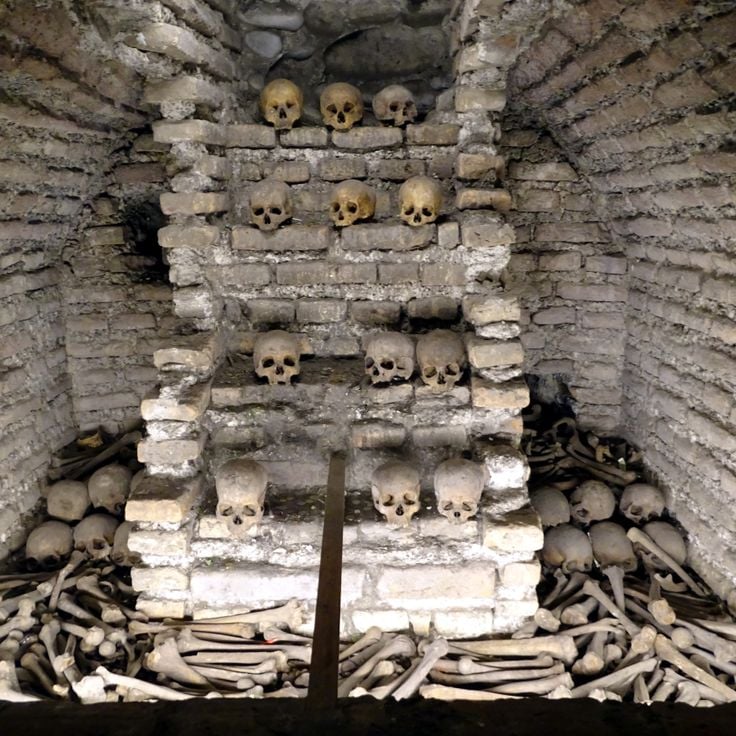
Lima, Peru
A network of tunnels beneath the monastery contains burial chambers with 25,000 skeletons from the 17th century in systematic arrangements.

Paris, France
A network of underground tunnels spanning 300 kilometers contains the remains of 6 million people from the 18th century.
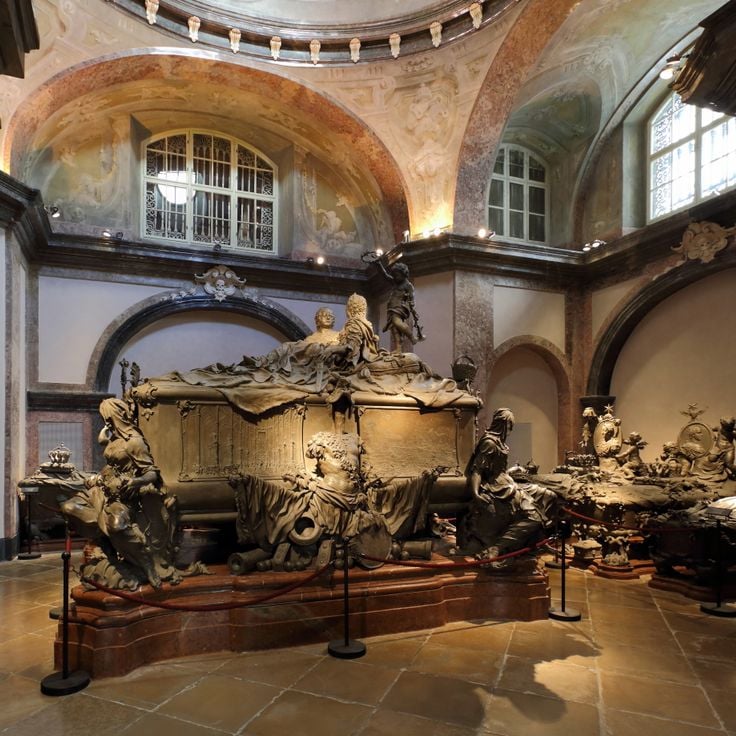
Vienna, Austria
Underground burial chamber beneath the Capuchin Church containing 149 sarcophagi of the Habsburg dynasty from 1633 to 1989.
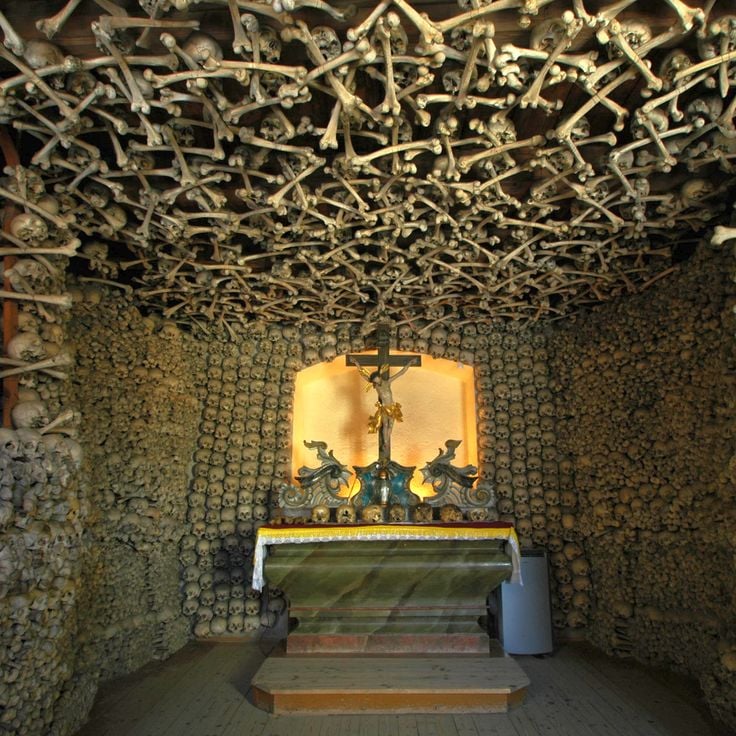
Czermna, Poland
The walls and ceiling of this chapel are covered with over 3000 human bones from the 18th century.

Vienna, Austria
This underground burial site contains graves of bishops and Habsburg family members dating back to the 14th century.
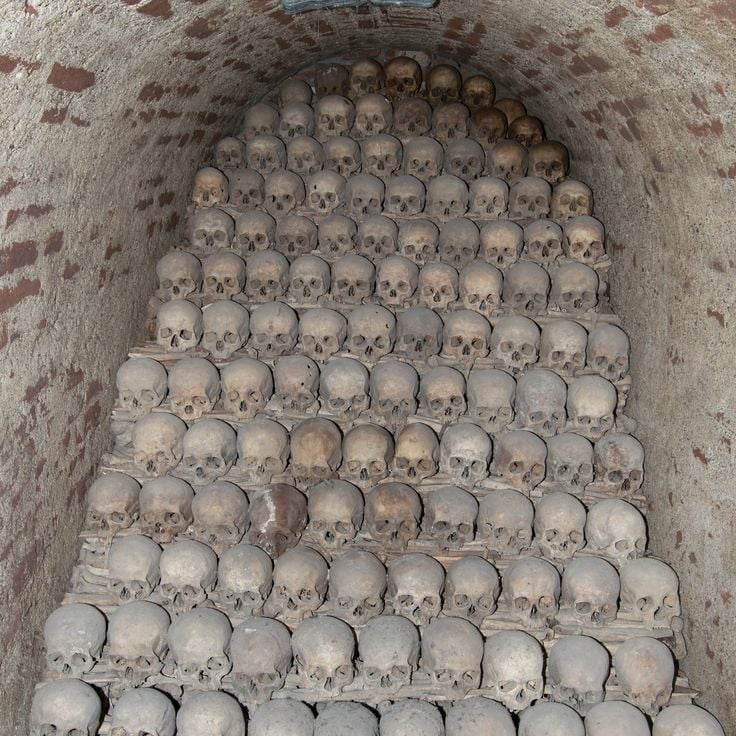
Brno, Czech Republic
This underground complex contains the remains of over 50000 people from the 17th and 18th centuries.
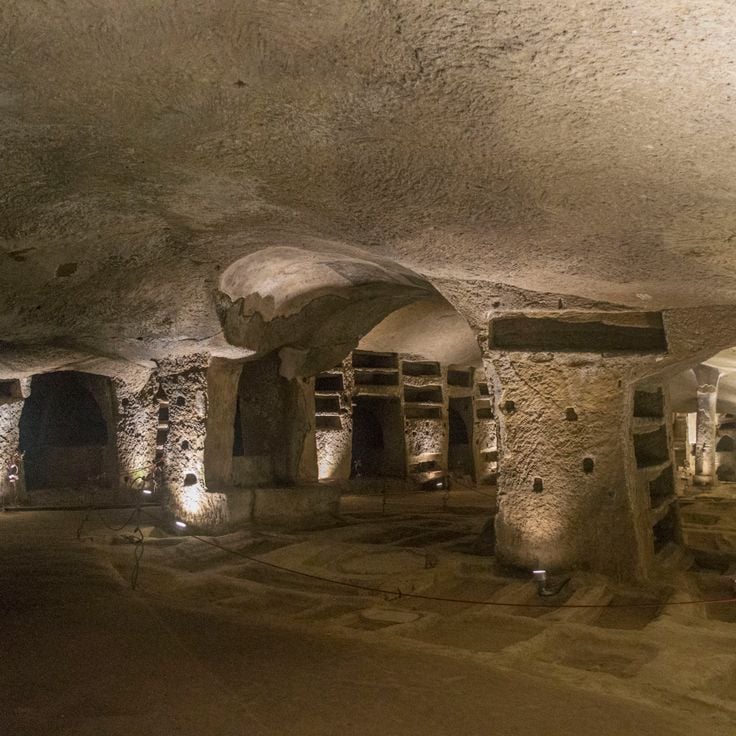
Naples, Italy
A network of tunnels and graves from the second century containing ancient frescoes and mosaics.
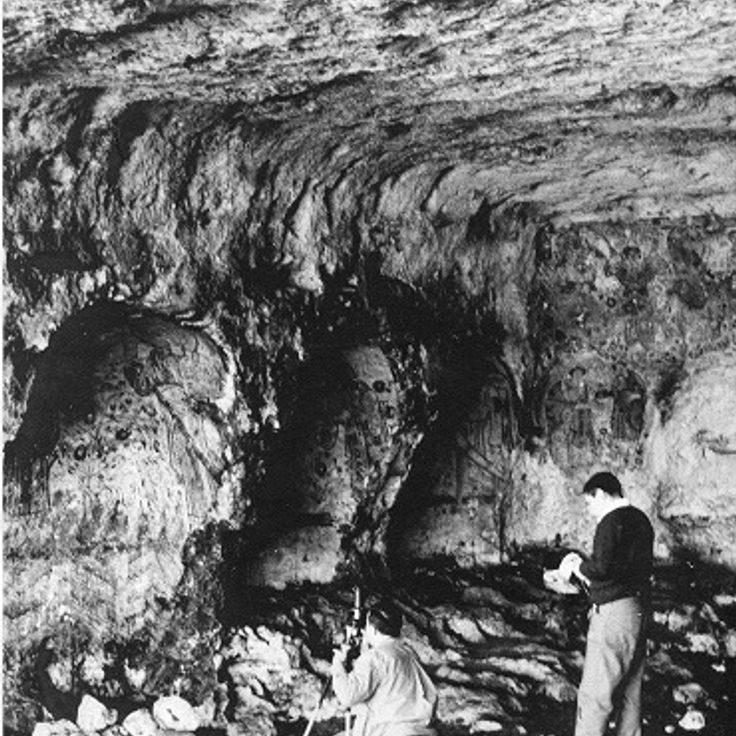
Matera, Italy
An underground chamber from the 9th century with wall paintings depicting biblical figures and Old Testament scenes.
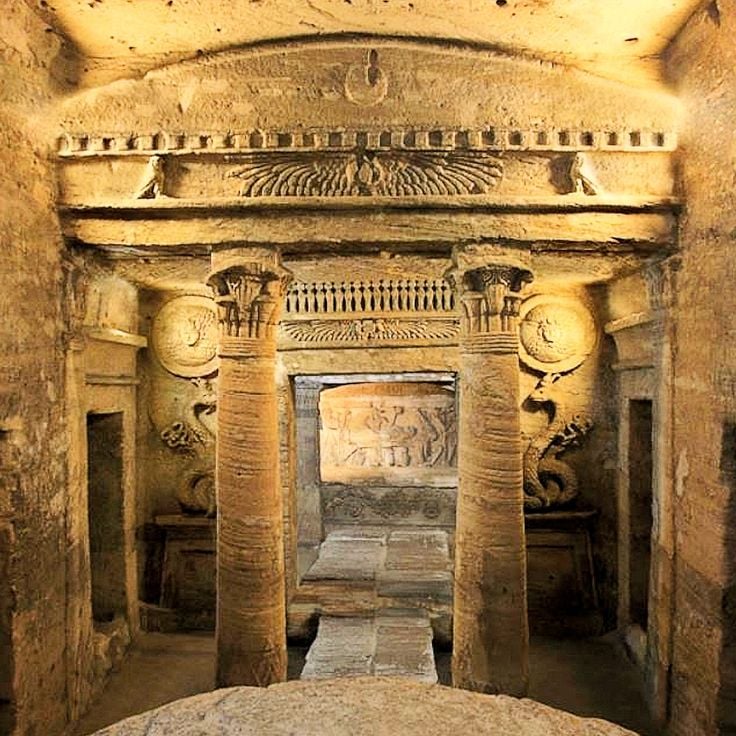
Alexandria, Egypt
The underground necropolis displays a mix of ancient cultures. The tombs combine Egyptian and Roman design elements in sculptures and reliefs.
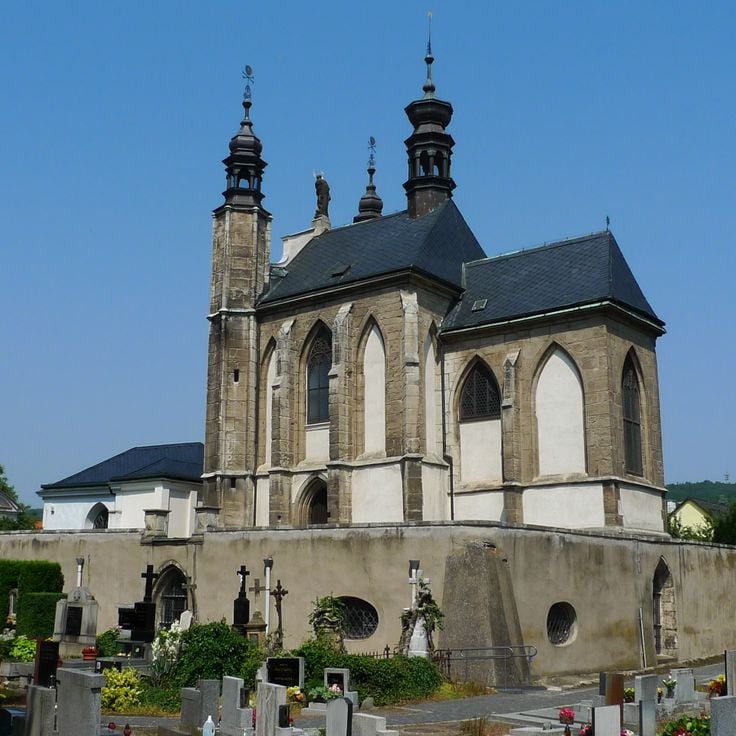
Kutná Hora, Czech Republic
An underground room with human bones as decorative elements. The walls and ceilings display geometric patterns made of skulls and bones.
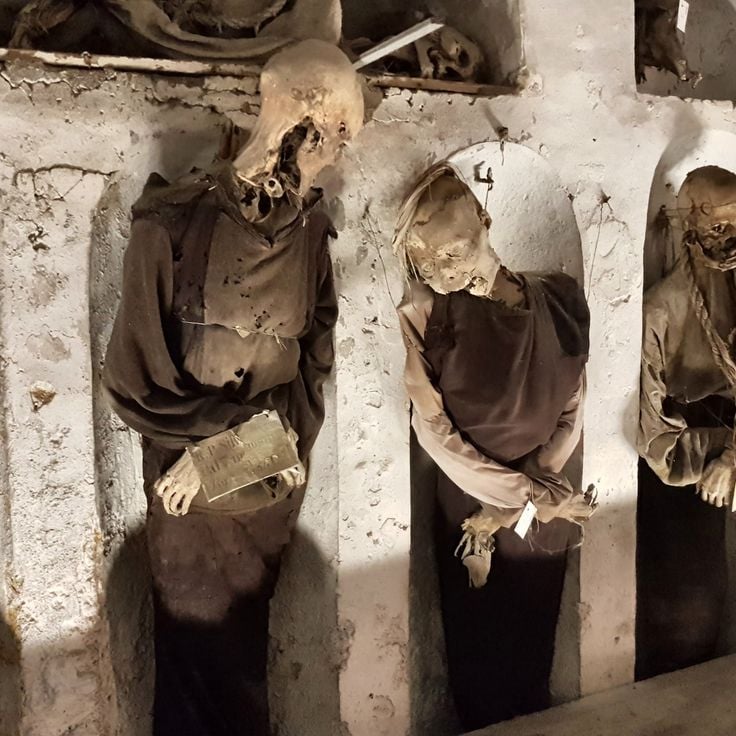
Palermo, Sicily
A collection of mummies in original clothing from various centuries. The bodies are arranged in rows and niches along the corridors.
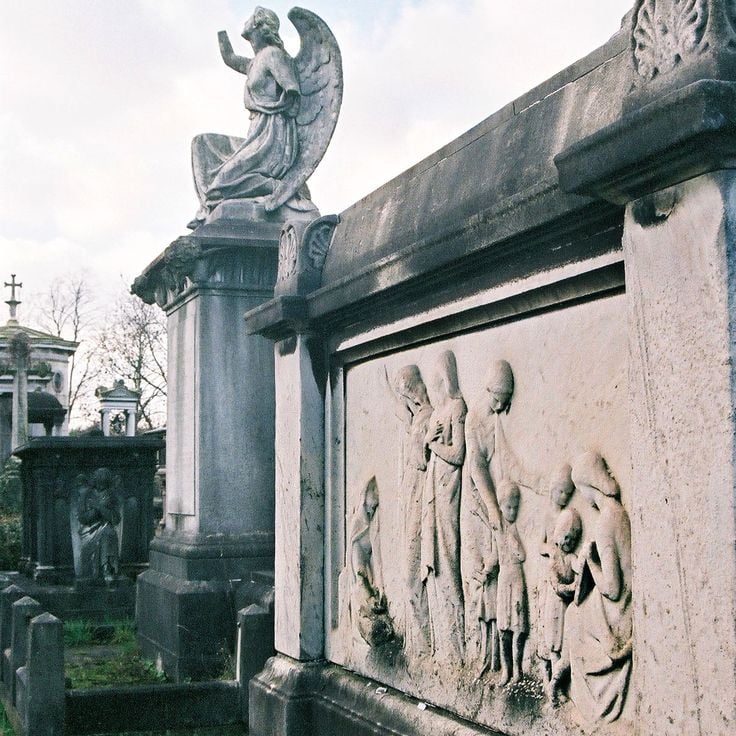
London, England
A system of underground passages with stone niches for coffins. The central vaulted space sits beneath the cemetery main chapel.
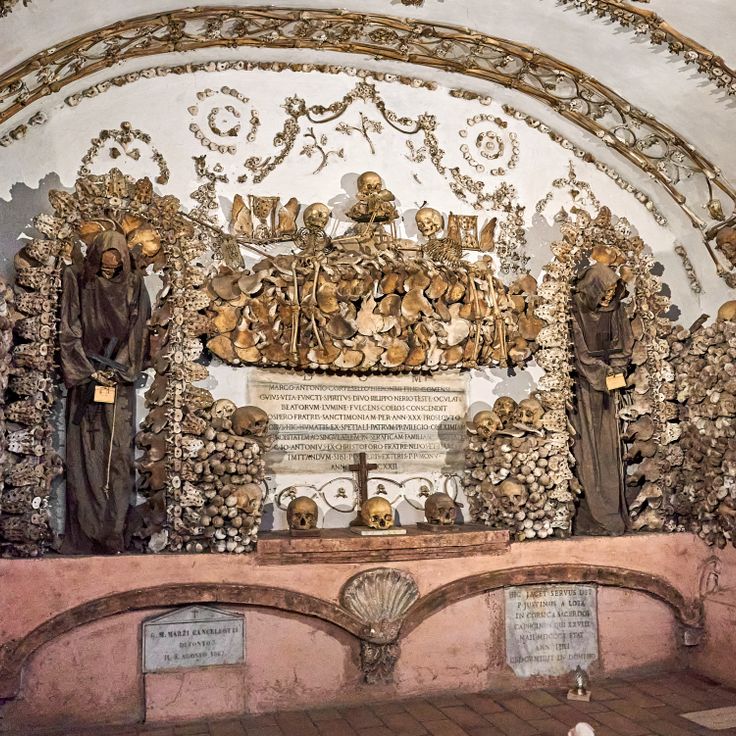
Rome, Italy
An underground burial site holding bones and skeletal remains of 3700 Capuchin monks who died in the 16th century.

Vatican City
The Roman cemetery located 11 meters below Saint Peter's Basilica contains tombs and burials from the first century.
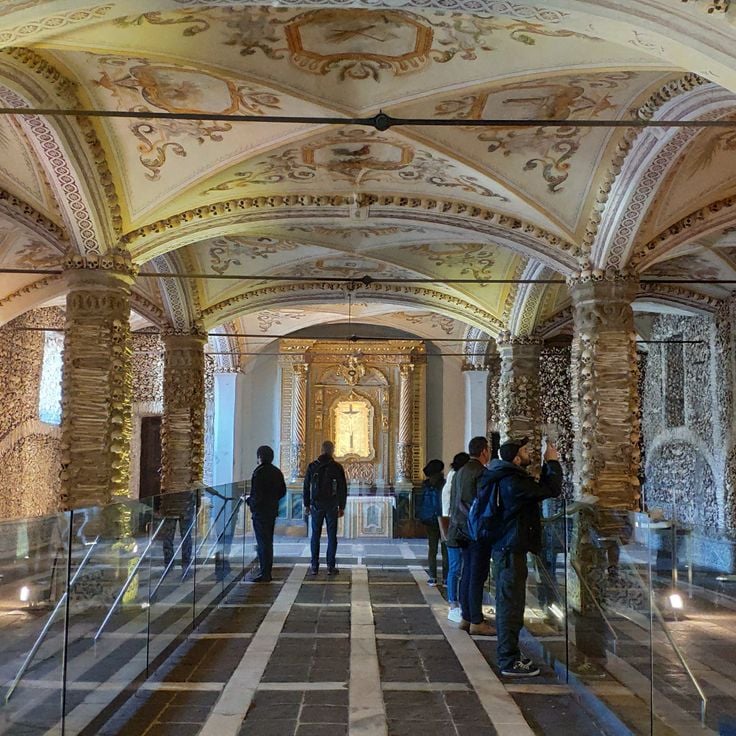
Évora, Portugal
Built in the 16th century, this chapel features interior walls decorated with the bones of 5000 people.
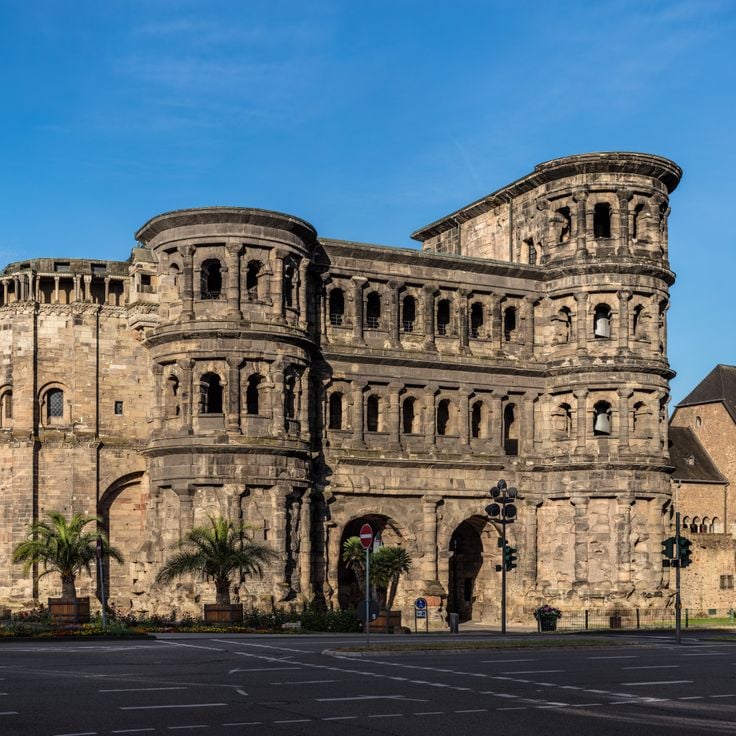
Trier, Germany
A vaulted chamber under the Roman city gate. The stone walls display carvings from the second century.

Rome, Italy
The underground cemetery spans 20 kilometers of tunnels across four levels and contains 16 popes and numerous Christian martyrs.
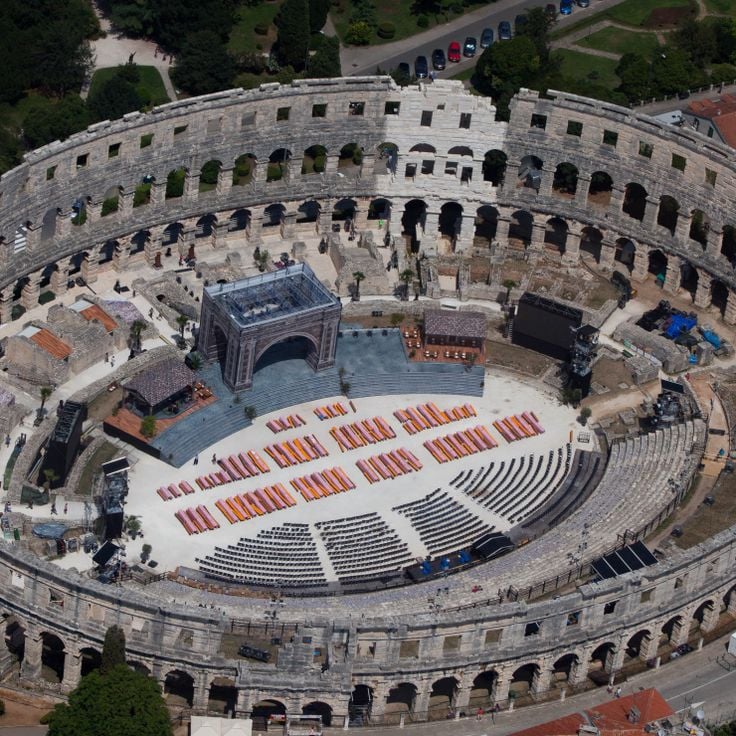
Pula, Croatia
The underground system displays a Roman production facility with stone mills, levers, and presses for olive oil manufacturing.
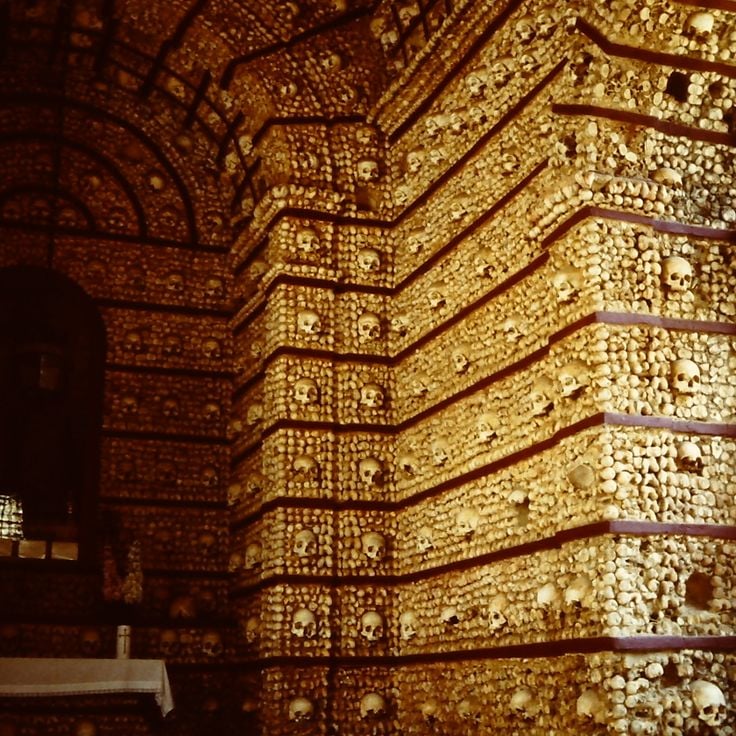
Faro, Portugal
A small room in the Carmo Church with human bones and skulls on the walls, built in 1816.
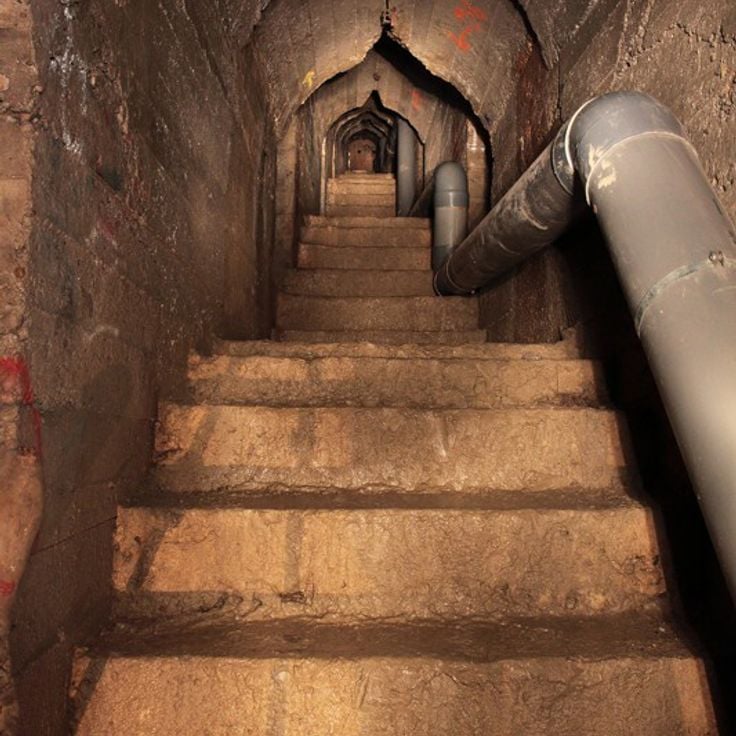
Lyon, France
A system of 32 parallel tunnels under the Croix Rousse, constructed between 1512 and 1528.